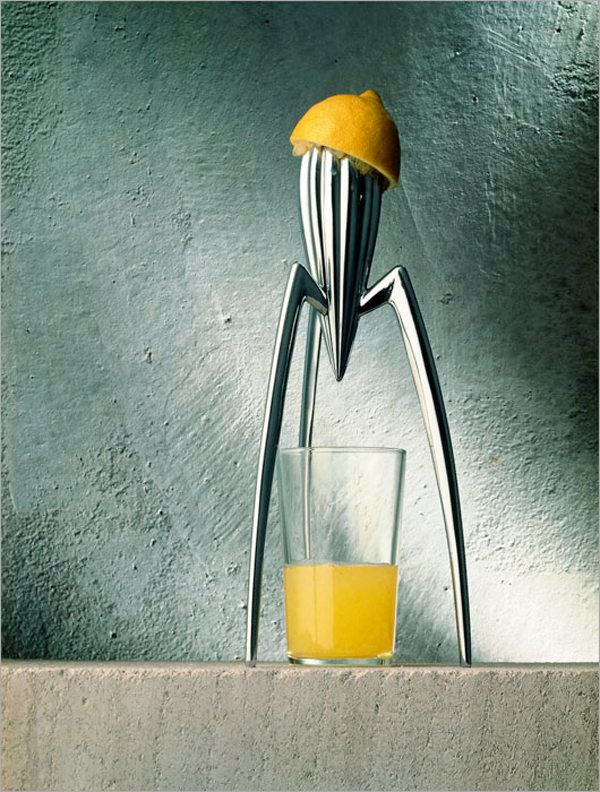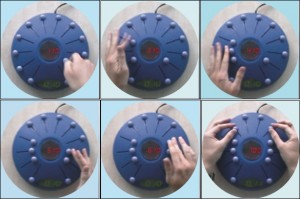final project requirement:
(1) concept video with real scale model (video upload to Google drive)
(2) High- definition product photos and product in scenarios (photos upload to Google drive)
(3) working prototype, (Work-in-progress is acceptable) (現場 demo)
(4) report in ACM Extended Abstract format (pdf) at least 6 pages (pdf upload to Google drive)
http://st.sigchi.org/sigchi-paper-template/SIGCHIExtendedAbstractsFormat.docx
Abstract (摘要 150字)
Introduction
Annotated portfolios (參考作品)
Design concepts
Movement design
Functions
Form
Metaphor
Result
Discussion
Conclusion
參考:
Abstract (摘要 150字)
Introduction
Annotated portfolios (參考作品)
Design concepts
Movement design
Functions
Form
Metaphor
Result
Discussion
Conclusion
參考:
























